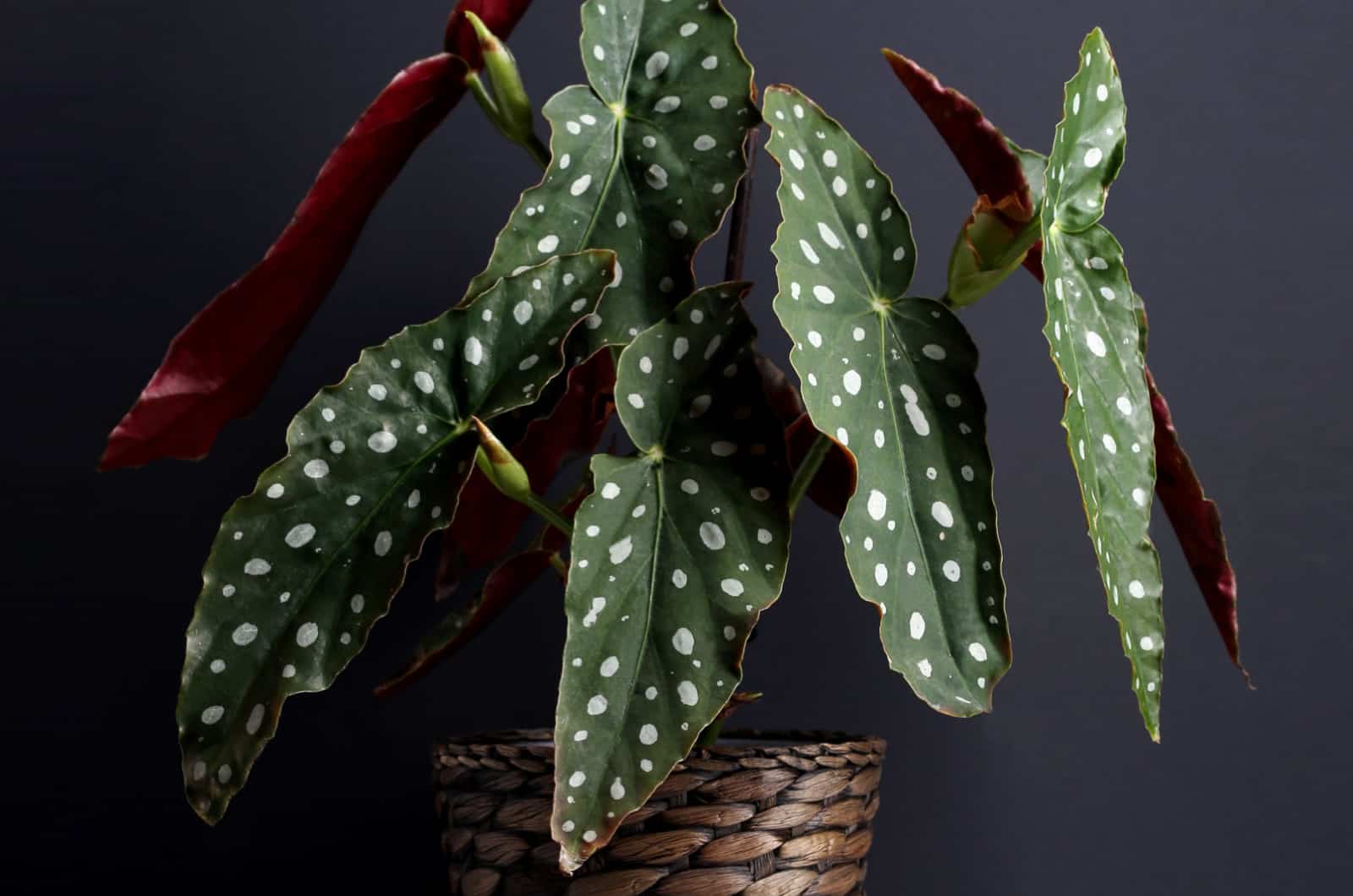Growing the stunning Begonia maculata is a visual delight for any plant enthusiast. However, providing the ideal light conditions is crucial for optimal growth. This article will explore the light requirements of the Begonia maculata and shed light on how to illuminate its beauty.
Understanding Light Conditions
Indoor plants, like the Begonia maculata, face varying light conditions when grown in artificial environments. Understanding the ideal light intensity and duration is essential to create a thriving environment. Too little light can lead to stunted growth and yellowing leaves, while excessive light can cause scorched leaves and hinder overall health.
Illuminating the Jewel: Light Requirements
The Begonia maculata prefers bright, indirect light for optimal growth. This means positioning the plant near a window that receives plenty of natural light but without exposing it to direct sunlight. Direct sunlight can burn the leaves, leading to damage and reduced vitality.
The Impact of Lighting Conditions
The ideal light conditions significantly impact the Begonia maculata’s growth and appearance. Adequate light promotes lush foliage, vibrant colors, and abundant flowering. Insufficient light results in leggy growth, sparse leaves, and reduced blooming. Understanding the plant’s light requirements is crucial for creating the perfect ambiance for its success.

Historical Significance of Light
Light has always played a pivotal role in the growth of plants. In the natural realm, sunlight provides the necessary energy for photosynthesis, the process by which plants convert light into food. Understanding the historical significance of light helps us appreciate the importance of providing appropriate light conditions for indoor plants like the Begonia maculata.
Unveiling Hidden Secrets
The Begonia maculata holds a few hidden secrets that can be unlocked by providing optimal light conditions. One such secret is its ability to purify the air. Studies have shown that plants with vibrant foliage, like the Begonia maculata, effectively remove pollutants from indoor environments, promoting cleaner air quality.
Bright Tips for Optimal Growth
Providing the right light conditions for the Begonia maculata is crucial for its well-being. Here are a few tips to ensure your plant thrives:
– Place the plant near an east or west-facing window that receives bright, indirect light.
– Avoid placing the plant in direct sunlight, as this can cause leaf burn.
– If natural light is limited, consider using artificial grow lights to supplement the light levels.
– Regularly rotate the plant to ensure even growth and light exposure.

The Science of Light and Photosynthesis
The Begonia maculata, like all plants, depends on light for photosynthesis. This process involves converting light energy into sugars, which are essential for growth and survival. Understanding the scientific process of photosynthesis helps us appreciate the crucial role of light in plant health.
Troubleshooting Common Lighting Issues
Even with the best intentions, lighting issues can arise. Here are a few common problems and their solutions:
– Leggy growth: Insufficient light can cause leggy growth. Move the plant to a brighter location.
– Yellowing leaves: Inadequate light can lead to yellowing leaves. Increase the light intensity or move the plant to a brighter spot.
– Scorched leaves: Direct sunlight can scorch leaves. Move the plant away from direct sunlight or provide shade.
Light Requirements for Different Begonia Varieties
Different Begonia varieties may have slightly varying light requirements. For example, the Begonia rex prefers medium to low light, while the Begonia coccinea thrives in bright, indirect light. Researching the specific needs of your Begonia variety will ensure optimal growth.

Fun Facts about Begonia Maculata and Light
– The Begonia maculata is native to Brazil, where it grows in the shaded understory of rainforests.
– Its common name, “polka dot begonia,” comes from the distinctive white spots on its leaves.
– The Begonia maculata is a popular houseplant due to its striking foliage and ease of care.
Step-by-Step Guide to Lighting Success
To ensure your Begonia maculata receives the ideal light conditions, follow these steps:
1. Determine the light levels in your home using a light meter.
2. Place the plant near a window that provides bright, indirect light.
3. Monitor the plant’s growth and adjust the lighting conditions as needed.
4. Use artificial grow lights to supplement natural light if necessary.
What Happens if Lighting Conditions are Not Ideal?
When lighting conditions are not ideal, the Begonia maculata may exhibit symptoms such as stunted growth, yellowing leaves, or scorched leaves. Addressing these issues promptly will help restore your plant to health.

A Comprehensive Guide to Optimal Lighting
– Importance of Light in Plant Growth
– Understanding Light Intensity and Duration
– Light Requirements of Different Plant Species
– Troubleshooting Common Lighting Issues
– Tips for Maximizing Plant Growth with Optimal Lighting
– The Role of Artificial Light in Plant Care
Questions and Answers
Q: How much light does a Begonia maculata need?
A: Bright, indirect light is ideal for optimal growth.
Q: What are the signs of insufficient light for a Begonia maculata?
A: Stunted growth and yellowing leaves indicate inadequate light.
Q: Can I use artificial lights to supplement natural light for a Begonia maculata?
A: Yes, artificial grow lights can help provide additional light when natural light is limited.
Q: What is the best way to determine the ideal light conditions for a Begonia maculata?
A: Use a light meter to measure the light levels in your home and adjust accordingly.
Conclusion of Illuminating the Jewel: Light Requirements for the Stunning Begonia Maculata
Providing the ideal light conditions for the Begonia maculata is essential for its growth, vitality, and beauty. Understanding its light requirements and implementing the tips provided in this article will help you create the perfect environment for this stunning plant to thrive. Remember to monitor your plant’s growth and adjust the lighting conditions as needed to ensure its continued health and vibrancy.